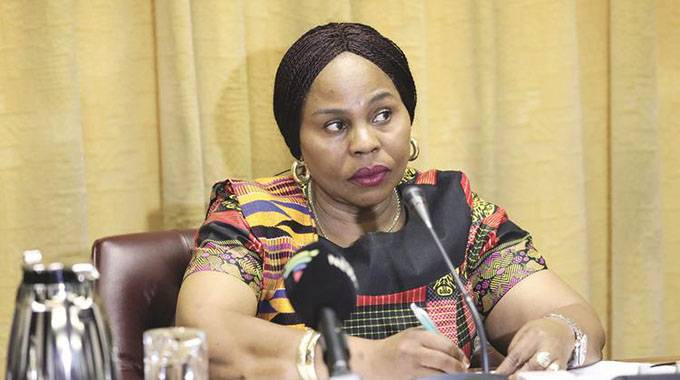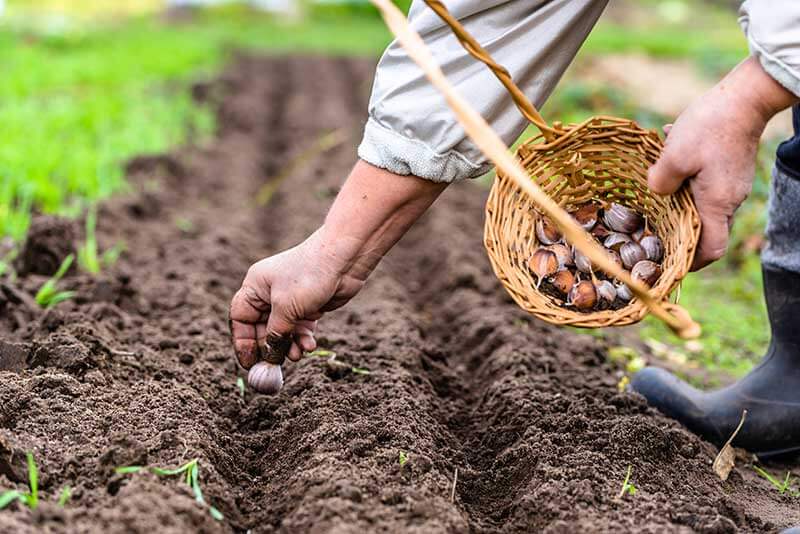Successful modernisation of agriculture needs farmers’ buy-in
THERE cannot be a more opportune moment than now for the country to push for the modernisation of agriculture through robust mechanisation programmes accompanied by the adoption of up-to-the-minute irrigation systems that will allow farmers to irrigate vast hectarages within respectable time frames.
And being alive to the actuality that if Zimbabwe is in transition into an upper middle income economy, it has to be food secure and boasting of a functioning agro-based economy, the Second Republic is not leaving anything to chance and has since set in motion the agricultural revolution the country is currently witnessing.
On the mechanisation front, Government has since introduced schemes such as the US$58 million Belarus mechanisation facility and US$51 million John Deere programme that are bringing in tractors, combine harvesters and an assortment of implements.
Farmers can access loans from banks such as CBZ to secure the equipment.
While all this is happening, Government has also embarked on a dam construction and irrigation development programme to make sure all the run-off that goes into rivers and ultimately seas every year is trapped and later utilised for agricultural production.
Marovanyati Dam in Buhera and Causeway Dam on Macheke River are among the latest many dam projects that easily come to the mind, while work on old projects such as the Gwayi-Shangani Dam is also taking place.
Government has since availed over $10 billion for the development of 10 major dam projects across the country this year — three of which will be commissioned before yearend — in a programme aimed at boosting the country’s water harvesting capacity.
Ongoing dam projects such as Gwayi-Shangani, Semwa, Bindura, Silverstroom, Causeway and Chivhu Dams also received fresh funding.
Government’s drive to develop and modernise irrigation systems and construct more dams will essentially take care of the challenges of climate change that have been the country’s biggest undoing when it comes to agricultural production.
In most cases, farmers have agonisingly watched their crops wilting under the blistering sun, yet there would be a dam just a few metres from their fields.
The cases of Siya Dam, which is shared by Bikita and Zaka districts, and Bindamombe Dam in Chivi where communities have for decades been unable to utilise the dam water because of the absence of irrigation facilities easily comes to mind.
It is quite saddening to note that such communities have survived on food handouts perennially owing to the arid nature of their regions.
Of course, this may be just the tip of the iceberg as many other areas may also be facing the same predicament, so the coming in of Government with its programme to both mechanise operations and develop vibrant irrigation systems will definitely provide the missing link.
Today’s offering will, however, not be dwelling entirely on what Government is doing or has done so far, but on what farmers should also be doing to complement those efforts because they can easily fail to yield the desired results if they get a lethargic reception from the intended beneficiaries.
The mechanisation programme will obviously allow farmers to accomplish mammoth activities such as land preparation and harvesting within a short space of time.
Farmers that were fortunate to get tractors or combine harvesters should remember to act like the business people that they are and each time they are done with their work; they should also lease equipment to those who do not have.
It would be folly to see a farmer with a tractor or combine harvester parked in his yard, yet the community around him is struggling to get tillage or harvesting equipment.
Such farmers should lease implements and charge affordable fees and not profiteer.
Besides mechanising farming operations and developing irrigation, Government has also been busy improving other facets of production with extension officers getting motor cycles to take care of their mobility concerns and capacitate them to cover all areas under their jurisdiction effectively.
This means both Agritex and veterinary extension officers will now have very limited excuses for not visiting those farmers in need of their services.
Progressive farmers can also help their cause by occasionally chipping in with fuel to power the bikes in the event that an extension officer would have exhausted her allocation, yet there will be jobs to be done.
Extension officers have also received tablets for enhanced communication.
This development should enable farmers to work closely with the former and form WhatsApp groups in which they discuss important matters, especially on such things as weather forecasts, markets, prices of inputs and commodities and many others.
It is also good for farmers to act as modern people that have time to listen to news bulletins even on their phones or small radios as they take a break in their fields so that they get to know of impending events or natural disasters like pest and disease outbreaks, cyclones or even thunderstorms.
This will allow them to prepare for evacuations, if necessary, or the fortification of livestock holding structures or even their homes.
It is also prudent for them to work on personal improvements and buy critical gadgets such as smart phones, small radios and even televisions and always seek information from colleagues and their extension officers.
Such information must guide them as they prepare for new seasons, purchase critical requirements such as fertilisers with a general idea of what the season might look like so that they do not go off the mark completely.
The unexpected above normal rains in the last half of the 2020/21 season caught most farmers off-guard given the sluggish start to the season, which had signs of a failed season written all over, but weather bulletins were hinting at the possibility of a La Nina phenomenon that would bring excessive rains.
The other important thing is for farmers to learn to keep records of critical weather developments, keep track of events and share information with their colleagues.
The successful implementation of the on-going programmes will, however, not happen in a day, as the pace of its roll out will be heavily influenced by the availability of resources, but where it has been done or is still work in progress, it needs the buy-in of farmers to make an impact on the agriculture sector’s performance.-herald.cozw









